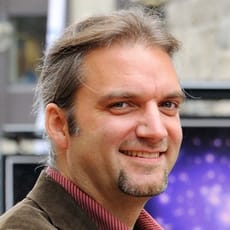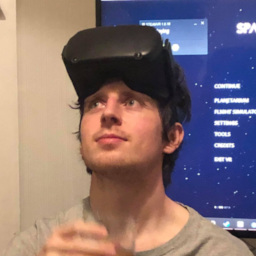About us¶
Finesse has been developed with the help of many people over more than 20 years. Thanks to everyone who has improved Finesse by contributing code, bug reports, documentation, training and support for students and input on the design, features, and the future development of the software.
In late 2017 Daniel Brown and Andreas Freise started Finesse 3, a re-implementation of Finesse in Python, with the idea to provide a modern and clean code base that makes further developing and extending the software simpler, especially for external contributors. The aim is to merge the established features and reliability of Finesse with a modular and hackable object based design, and to add some cool new features in the process!
This process continued with a growing number of key contributors and we expect to attract many more along the way:
Core Finesse development:¶

Andreas Freise, VU Amsterdam and Nikhef: project lead

Daniel Brown, University of Adelaide: project lead and programming lead

Samuel Rowlinson, University of Birmingham: developer with key contributions to the beam tracing, higher-order modes features, integration with Cython, the code structure and design, and the Sphinx documentation.

Philip Jones, University of Birmingham: developer with key contributions to the quantum noise implementation, signal and noise features, the legacy parser, and the external Jupyter and Pygments extensions.

Sean Leavey, Albert-Einstein-Institute Hannover: developer with key contributions to the new KatScript syntax, parser and command line interface, test suite, continuous integration tooling, the code structure and design, and the documentation.
Contributors to the Finesse development¶
Contributors to the Finesse 3 code are listed below. Other contributions to earlier versions are described in the History section.
Aaron Jones, University of Western Australia: developer with key contributions to the test suite, Finesse validation, documentation and continous integration. Primary developer of the BrumSoftTest validation tool, which was developed for Finesse validation.
Mischa Sallé, Nikhef
Jan Just Keijser, Nikhef
Duncan Macleod, Cardiff University: Conda packaging, Windows fixes
Alexei Ciobanu, University of Adelaide: faster map integration code
Lee McCuller, …
Huy Tuong Cao, University of Adelaide: testing of thermal effects and FEA comparisons
Paul Hapke, Albert-Einstein-Institute Hannover
Contributions to testing, documenting and training¶
Anna Green, University of Florida: LIGO training session, syntax reference and cheatsheet, Finesse workshops and …
Sean Leavey, AEI: Finesse workshop, Finesse manual, Ifosim logbook and …
Daniel Töyrä …
Charlotte Bond: Finesse notes and papers
Daniel Brown and Andreas Freise: original Finesse manual and related papers, Finesse workshops and …
That Finesse has remained as one of the main software packages in the field over many years is to a large extend due to the efforts put into providing users with support and training material, which is available via the main Finesse page http://www.gwoptics.org/finesse/.
Much of the physics behind the Finesse code has been compiled in the open access Living Reviews article Interferometer techniques for gravitational-wave detection. We have described many of the ideas that led to the current design of Finesse 3 in the the article Pykat: Python package for modelling precision optical interferometers.
We host a logbook sharing modelling work by the community https://logbooks.ifosim.org/. The logbook is powered by a WordPress plugin by Sean Leavey and is maintained by Mischa Salle. Logbooks are a common tool for recording progress in collaborative research projects, in particular for large hardware projects such as gravitational wave detectors. Logbooks record and preserve who did what when and thus over time create a searchable archive of expert knowledge.
We also used the logbook to support one of our Finesse workshops https://logbooks.ifosim.org/iucaa2019/. You can see more examples of our in-person teaching in workshops in our online tutorials on modelling laser interferometry http://www.gwoptics.org/learn/, composed by Daniel Töyrä.